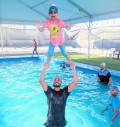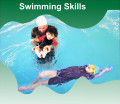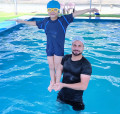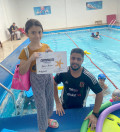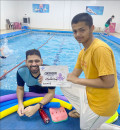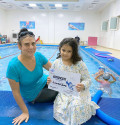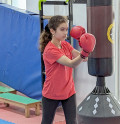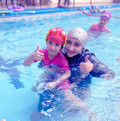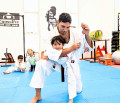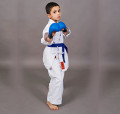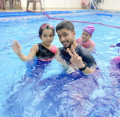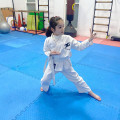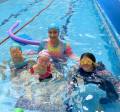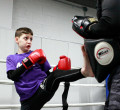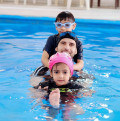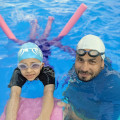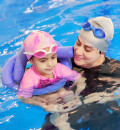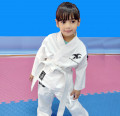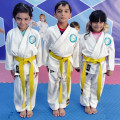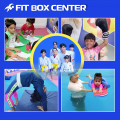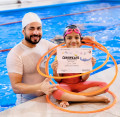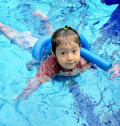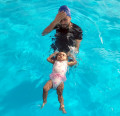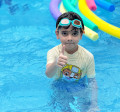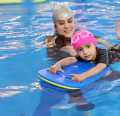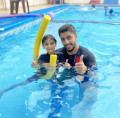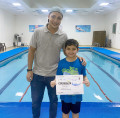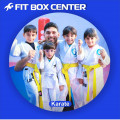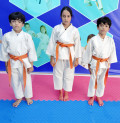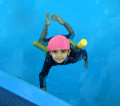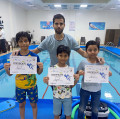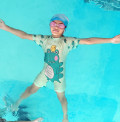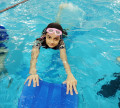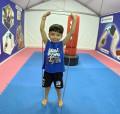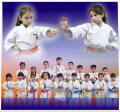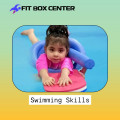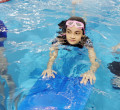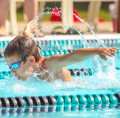
Karate classes offer a structured environment where kids can channel their energy positively
2024-07-29 - karateIntroduction
School vacations can be a tricky time for parents trying to keep their kids active, engaged, and away from screens. One excellent way to make the most of these breaks is by enrolling children in karate classes. Not only does karate offer a structured and productive way to spend time, but it also provides a plethora of physical, mental, and social benefits.
History and Origins
Karate, which translates to "empty hand," originated in Okinawa, Japan. It was developed as a form of self-defense that focuses on striking techniques such as punching, kicking, and knee strikes. Over the years, it has evolved into a popular martial art practiced worldwide.
Basic Principles
Karate is not just about physical prowess but also emphasizes mental discipline and respect. Its core principles include perseverance, integrity, and self-control, making it a holistic activity for children.
Physical Fitness
Karate provides a full-body workout that enhances strength, flexibility, and endurance. It's an excellent way for kids to stay fit and active, especially during school vacations when they might be less physically active.
Mental Discipline
Practicing karate requires focus and concentration. Kids learn to control their movements and thoughts, which can translate to better performance in school and other activities.
Social Skills
Karate classes often involve group activities and partner work, helping children develop teamwork and communication skills. They also learn respect for their instructors and peers.
Why Choose Karate During School Vacations?
Structured Activities
Karate classes offer a structured environment where kids can channel their energy positively. Instead of spending hours in front of screens, they engage in meaningful and productive activities.
Physical Activity Over Sedentary Habits
With the rise of digital entertainment, kids are more inclined to sedentary lifestyles. Karate promotes physical activity, helping to counteract these tendencies and fostering a healthy lifestyle.
Improved Strength and Flexibility
Karate routines involve various exercises that build muscle strength and increase flexibility. This can help prevent injuries and improve overall physical health.
Enhanced Coordination and Balance
The precise movements in karate enhance motor skills, coordination, and balance. These skills are beneficial not only in martial arts but in everyday activities and other sports.
Cardiovascular Health
Karate is a great way to improve cardiovascular health. The dynamic nature of the workouts helps in boosting heart health and stamina.
Focus and Concentration
Karate training demands high levels of concentration and focus, helping kids improve their attention span and cognitive functions.
Stress Relief and Emotional Regulation
Physical activity in karate helps release endorphins, which are natural stress relievers. Moreover, the discipline taught in karate aids in managing emotions and stress.
Boosting Confidence and Self-Esteem
Achieving new belts and mastering techniques boosts children’s confidence and self-esteem. They learn to set goals and work diligently towards achieving them.
Teamwork and Camaraderie
Karate classes foster a sense of community and teamwork. Kids make friends and learn to work with others, building social bonds.
Respect and Discipline
Respect for instructors and peers is a cornerstone of karate. Children learn the importance of discipline, both in class and in life.
Conflict Resolution Skills
Karate teaches kids to handle conflicts calmly and constructively. They learn that physical confrontation is a last resort, promoting peaceful resolution skills.
What to Expect in a Karate Class
Typical Class Structure
Classes usually start with a warm-up, followed by practicing techniques, drills, and sparring. They often end with a cool-down and discussion.
Common Drills and Exercises
Kids will practice various punches, kicks, and blocks. They will also engage in sparring and kata (form practice).
Belt Progression System
Karate uses a belt system to signify progress. Children start with a white belt and can advance through various colors, each representing a new skill level.
Safety Considerations
Proper Training and Supervision
Ensure that the dojo follows safety protocols and that instructors provide proper supervision and guidance.
Using Appropriate Gear and Attire
Kids should wear appropriate karate uniforms (gi) and use protective gear, especially during sparring sessions, to prevent injuries.
Parental Involvement
Supporting Your Child’s Practice
Encourage your child to practice regularly and show interest in their progress. Attend their classes and belt ceremonies to support their journey.
Encouraging Consistency and Commitment
Help your child stay committed to their practice. Consistency is key to reaping the full benefits of karate.
Success Stories
Testimonials from Parents and Kids
Many parents report significant positive changes in their children after starting karate. Increased confidence, better discipline, and improved physical health are common outcomes.
Real-life Examples
Stories of children overcoming challenges through karate can be inspiring. For instance, a shy child becoming more outgoing and confident due to their karate training.
Common Misconceptions
Karate as Violent or Aggressive
Karate emphasizes self-defense and discipline, not aggression. It teaches kids to respect others and resolve conflicts peacefully.
Difficulty Level and Accessibility
While karate can be challenging, it is accessible to kids of all skill levels. Beginners can start slow and gradually build their skills.
Popular Karate Events and Competitions
Encourage your child to participate in local karate events and competitions. These can be great motivators and opportunities to showcase their skills.
Conclusion
Karate offers an enriching experience for kids, especially during school vacations. It promotes physical health, mental discipline, and social skills. If you're looking for a productive and enjoyable activity for your child, karate might just be the perfect choice.
.






















































